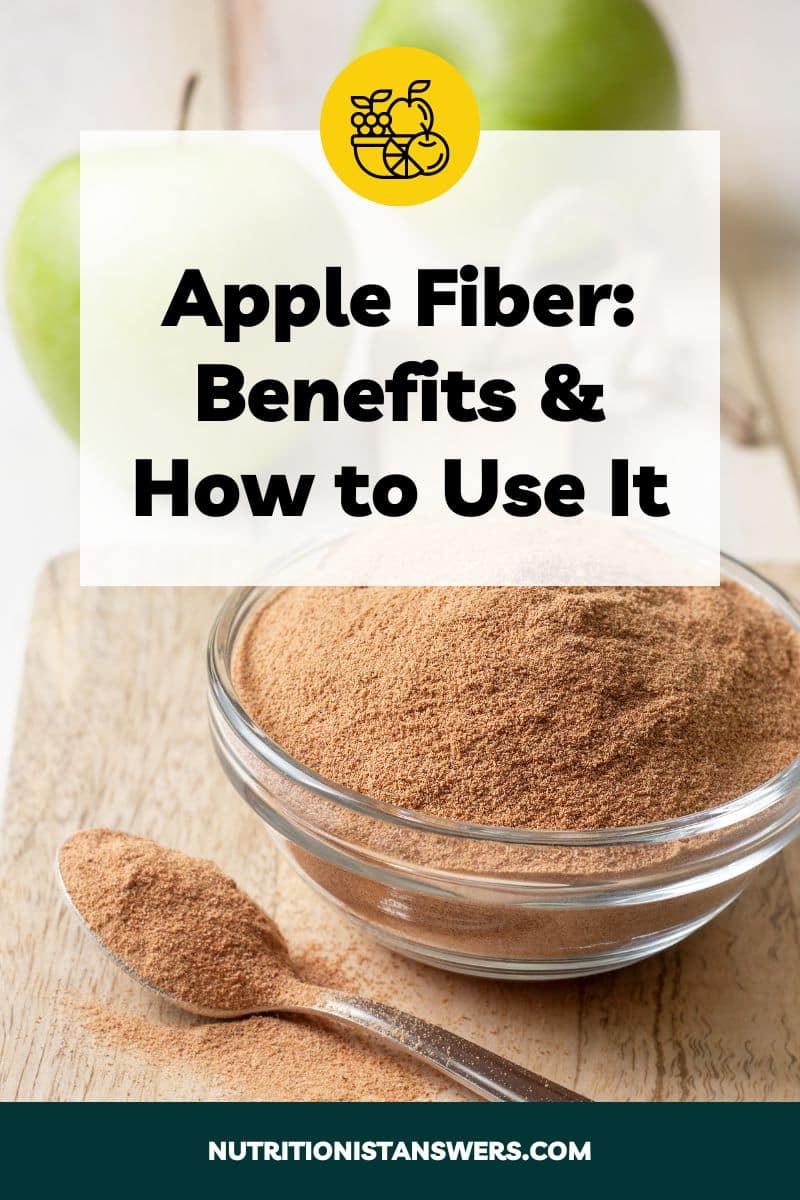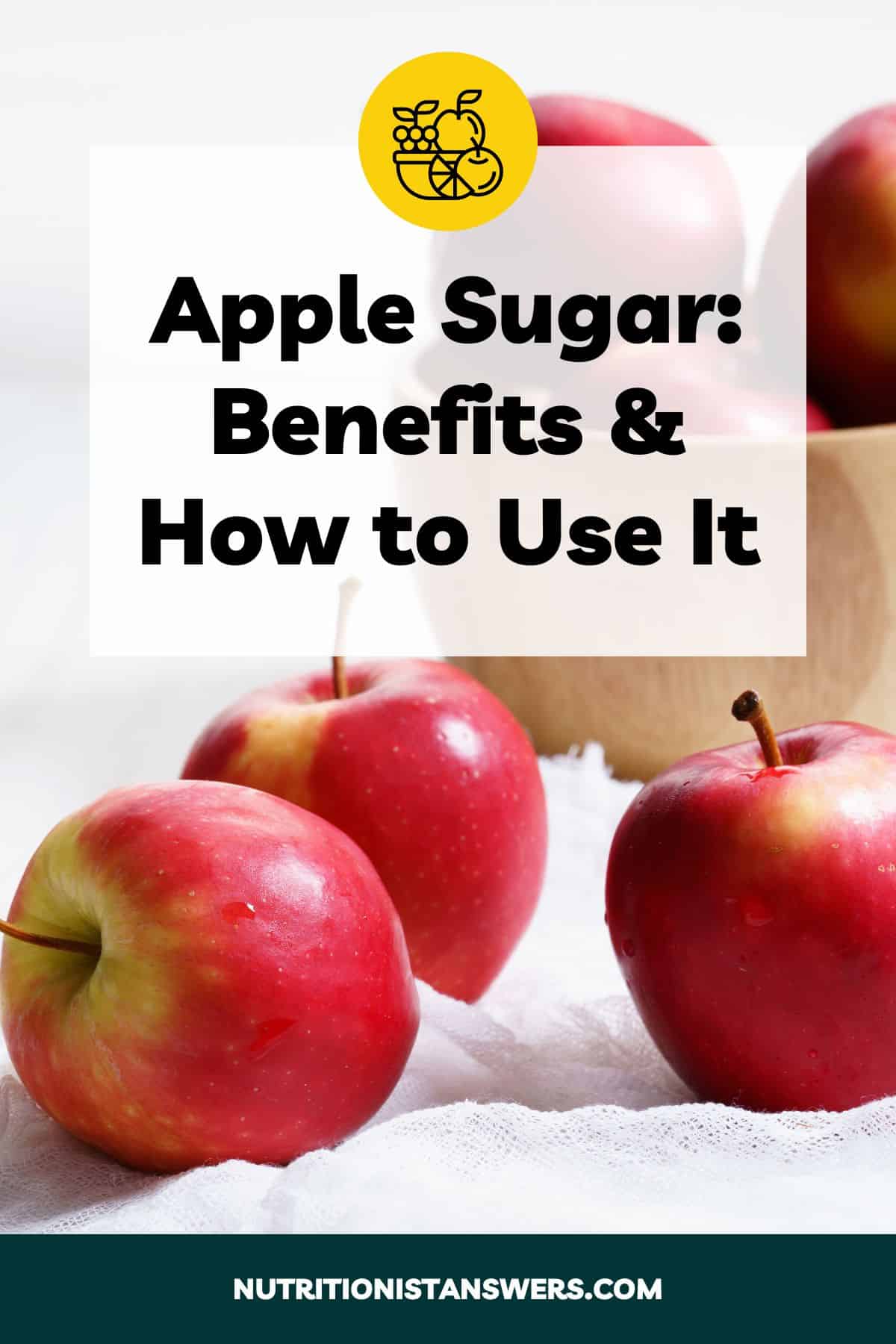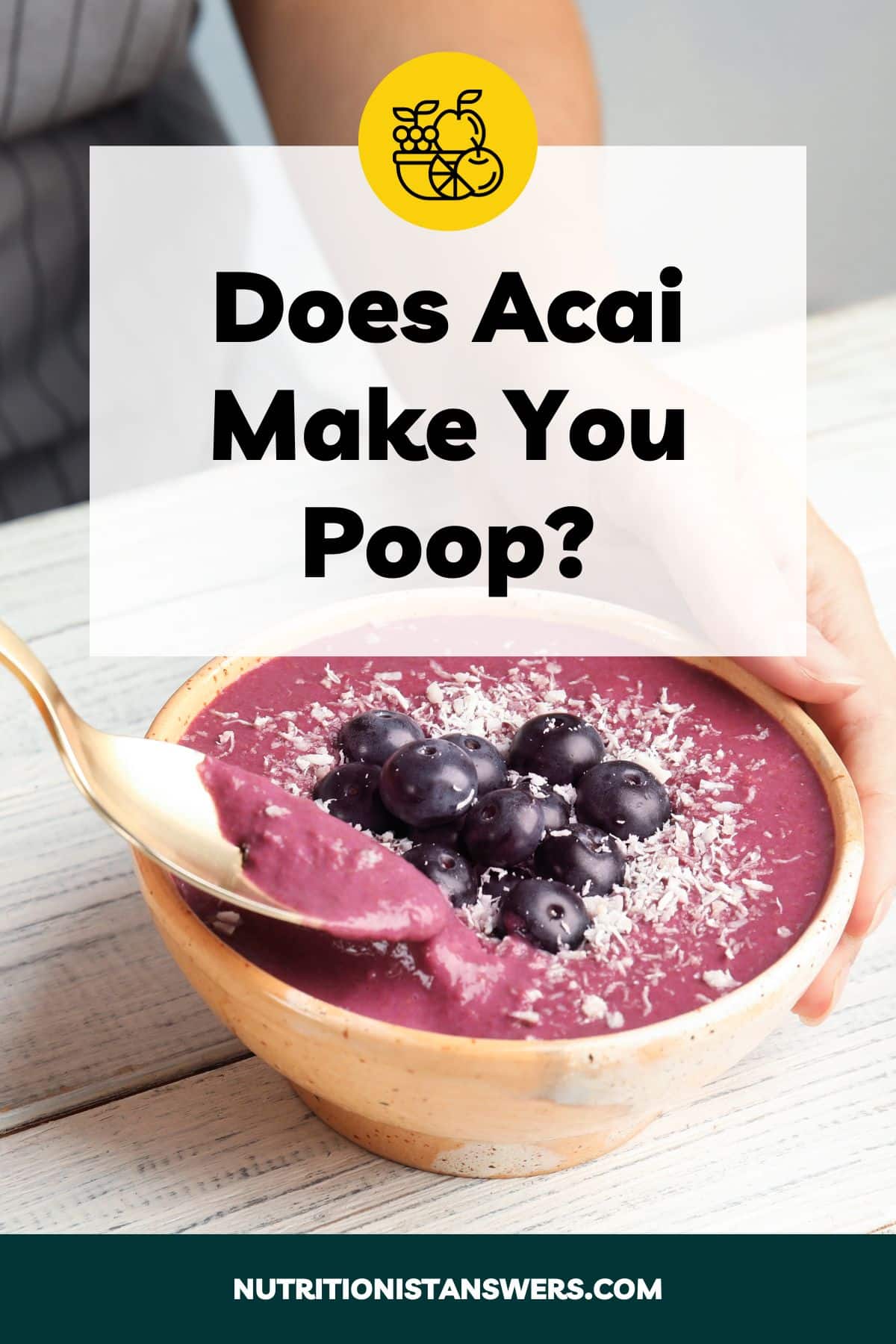Acerola is a fruit that is gaining popularity for its high vitamin C content and unique flavor.
Although it is often used as a supplement, acerola can also be a delicious addition to many of your favorite smoothies, drinks, and other recipes.
This guide will teach you everything you need to know about acerola, from its history and nutritional benefits, to how to select, store, and prepare it.
What is acerola?
Acerola, also called Barbados cherries or West Indian cherries, are cherry-like fruits produced by a tropical evergreen shrub (Malpighia emarginata DC.) (1).
Acerola pronunciation
Acerola is pronounced “ay-sr-oh-luh.”
Is acerola a cherry?
Although they look alike, acerola fruits are not cherries.
Acerola belongs to the Malpighiaceae family, which includes a variety of flowering plants, while cherries are members of the Rosaceae (rose) family (1, 2).
However, both acerola and cherries are classified as drupes, along with peaches, plums, nectarines, and apricots (3).
Drupes are also sometimes referred to as stone fruits because they contain a single large stone (housing the seed) in the center of the fruit (4).
What does acerola look like?
Acerola fruits are small (1-4 centimeters in diameter) and look like a cross between a cherry and a bell pepper (1).
As they ripen, their glossy skin transforms from light green to orange-red and finally bright red when fully mature.
They have juicy, yellow-orange flesh surrounding a pit that contains one large seed with 3 wings, which form a triangular shape.
What does acerola taste like?
Acerola is sweet, acidic, and a little tart, with a flavor that’s been described as a cross between sour apples and cranberries.
It pairs well with other acidic fruits, like lemons, oranges, raspberries, and kiwi.
Where does it come from?
Acerola is native to the Caribbean, Central America, and the northern part of South America (1).
In 1946, scientists in Puerto Rico were the first to recognize acerola’s extremely high vitamin C content, a discovery that sparked worldwide interest in the fruit.
Cultivation of acerola increased in tropical and subtropical regions throughout the world, and Brazil is now the largest producer of the fruit (1).
It is also grown on a much smaller scale in parts of the United States, including south Texas, Florida, and California.
Acerola nutrition facts
Calories
Acerola is a low-calorie food, providing 32 calories in each 3.5-ounce (100-gram) serving of raw fruit (5).
Macronutrients
Here’s the macronutrient breakdown for 3.5 ounces (100 grams) of raw acerola (5):
- Carbohydrates: 8 grams
- Fiber: 1 gram
- Protein: 0.4 grams
- Fat: 0.3 grams
Micronutrients
A 3.5-ounce (100-gram) serving of raw acerola provides the following vitamins and minerals (5):
- Vitamin C: 1680 mg (1867% DV)
- Copper: 0.086 mg (10% DV)
- Pantothenic acid: 0.309 mg (6% DV)
- Riboflavin: 0.06 mg (5% DV)
- Folate: 14 mcg (4% DV)
- Magnesium: 18 mg (4% DV)
- Vitamin A: 38 mcg RAE (4% DV)
- Niacin: 0.4 mg (3% DV)
- Potassium: 146 mg (3% DV)
- Thiamin: 0.02 mg (2% DV)
- Calcium: 12 mg (1% DV)
- Iron: 0.2 mg (1% DV)
- Phosphorus: 11 mg (1% DV)
- Selenium: 0.6 mcg (1% DV)
- Vitamin B6: 0.009 mg (1% DV)
- Zinc: 0.1 mg (1% DV)
- Vitamin B12: 0 mcg (0% DV)
Acerola is one of the best food sources of vitamin C in the world, comparable only to camu camu — a sour berry native to the Amazon rainforest (1, 6, 7).
A single cup (98 grams) of raw acerola contains an impressive 1640 mg of vitamin C — that’s 20 times more than an orange (5, 8).
Not to mention, the vitamin C from acerola is absorbed more easily by the body than the synthetic form found in supplements (9).
How to select
Where to buy
Acerola isn’t as common as other fruits, so you may have to look a little harder to find it. Still, it’s worth seeking out this nutrient-packed fruit.
If you happen to live near a Trader Joe’s, you’re in luck! They offer frozen organic acerola puree, along with cold-pressed acerola juice shots.
Otherwise, your best bet is to look for acerola at health food stores, specialty produce markets, Latin American grocery stores, or online.
Here are some of the most popular acerola products available for purchase online:
- Amafruits Frozen Acerola Puree – Pure and Unsweetened
- Micro Ingredients Organic Acerola Powder
- Sari Foods Organic Acerola Powder
- Biona Organic Acerola Cherry Juice
Acerola fruit
Fully ripe acerola fruits are highly perishable, with a shelf life of only 2-3 days at room temperature (1).
Because of this, fresh acerola typically isn’t widely available in the United States — it would likely spoil during transport.
You may be able to find fresh acerola at farmers’ markets in parts of south Texas and Florida, where acerola is grown on a small-scale (1).
However, most acerola is grown in Brazil and processed into less perishable forms, such as frozen puree, juice, and powder (1).
Acerola puree
Acerola puree is made from whole, ripe acerola fruits that have been pitted and blended into a smooth paste, which is then frozen.
It can be thawed overnight in the fridge or at room temperature for 1 hour, then used in place of other fruit purees in recipes for smoothies, ice cream, and other desserts.
Acerola juice
Commercially available acerola juice is typically made by pressing and filtering fresh acerola fruits to remove the seeds, skin, and pulp.
Another method that can easily be done at home involves blending acerola pulp with water, similar to the way acai juice is made (10).
Although it is often taken as a supplement, acerola juice can also be used in smoothies, mixed with other juices, or enjoyed on its own.
Acerola powder
Acerola powder is made from dried acerola fruit that has been ground into a fine powder.
It can be used to add flavor or as a natural source of vitamin C in drinks, smoothies, yogurt, oatmeal, and baked goods.
How to store
Acerola is stored differently based on which form you’re using.
Frozen acerola puree should be stored in the freezer in its original packaging. Most products stay fresh for several months but check the expiration date on the box to be sure.
Powdered acerola is best kept in an air-tight container and stored out of direct sunlight in a cabinet, pantry, or fridge. It can stay fresh for up to 1 year at room temperature, or longer with refrigeration (1).
Unopened acerola juice is shelf-stable and can be enjoyed up until the best-by date printed on the bottle. After opening, keep it in the refrigerator and use within 7 days.
For other acerola products, check the packaging for storage instructions.
How to prepare
1. Smoothies
Smoothies are one of the easiest ways to work acerola into your diet. Just add a scoop of powder or a few spoonfuls of puree to your favorite recipe.
Acerola pairs well with citrus fruits, berries, and kiwi, as well as sweeter fruits like mango, pineapple, and banana. Feel free to experiment and find a combination you like best!
2. Drinks
If you’re looking for a quick way to get your fix of acerola, try adding a splash of juice or a few spoonfuls of puree to sparkling water, tea, or lemonade.
You can also mix a scoop of powder into a couple of ounces of fruit juice and take it as a shot for a vitamin C boost.
3. Oatmeal
Start your day with a nutritious bowl of oatmeal topped with acerola puree. The natural sweetness of the fruit will add flavor without the need for sugar or other sweeteners.
4. Yogurt
Acerola is a great option for adding a bit of flavor and vitamin C to plain yogurt. Just mix some powder or puree in with your favorite yogurt and enjoy.
5. Desserts
Acerola puree can be used as a 1:1 replacement for other fruit purees in recipes for pies, cobblers, yogurt bowls, and ice cream.
Powdered acerola is better for use in cookies, cakes, and other baked goods because it won’t alter the texture.
Final thoughts
Acerola deserves more attention worldwide! This fruit is not only delicious, but also packed with nutrients like copper, vitamin C, and other antioxidants.
While fresh acerola can be difficult to find, other forms of the fruit, such as powder, juice, and puree, are widely available and offer many nutritional benefits.
Whether you enjoy it in smoothies, drinks, or desserts, there are countless ways to include this vitamin C-rich fruit into your diet.
Want to learn more? Check out our full list of foods A to Z.
Amy Richter is a Registered Dietitian Nutritionist based in Missouri. She is an experienced nutrition writer and medical advisor for Healthline and Medical News Today. Amy is passionate about all things food-related and enjoys translating complex science into easy-to-understand articles.





